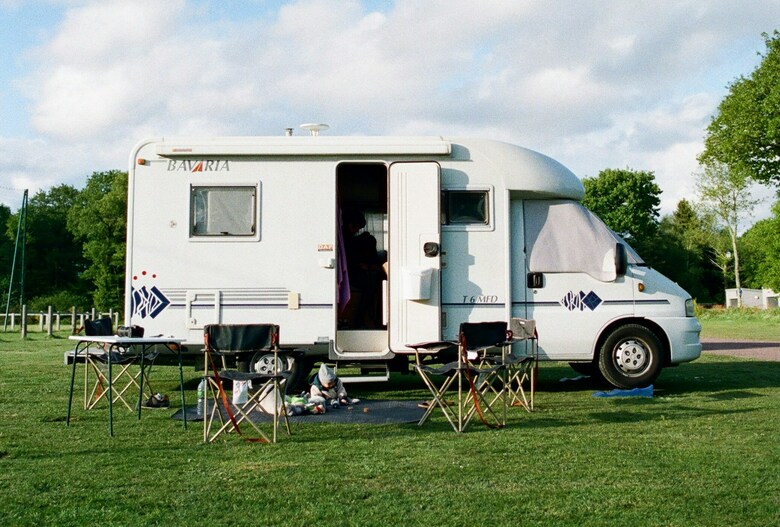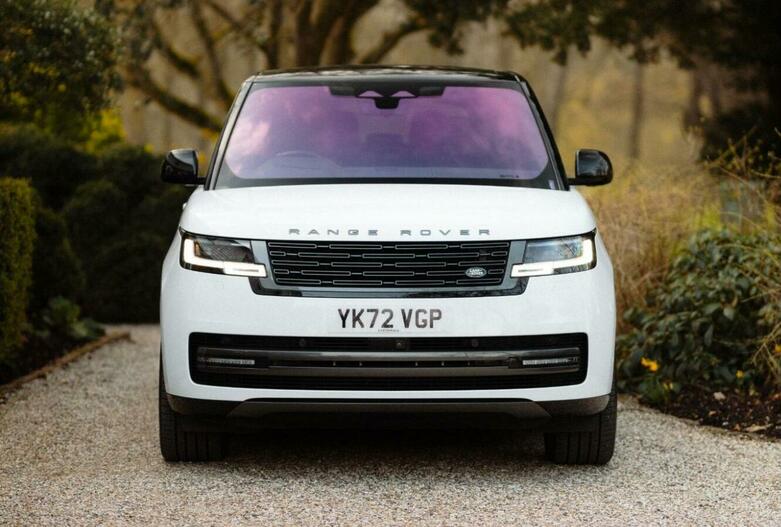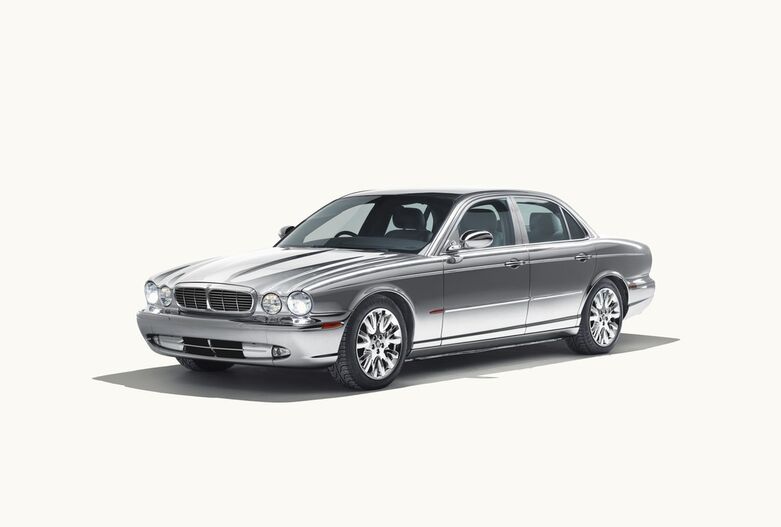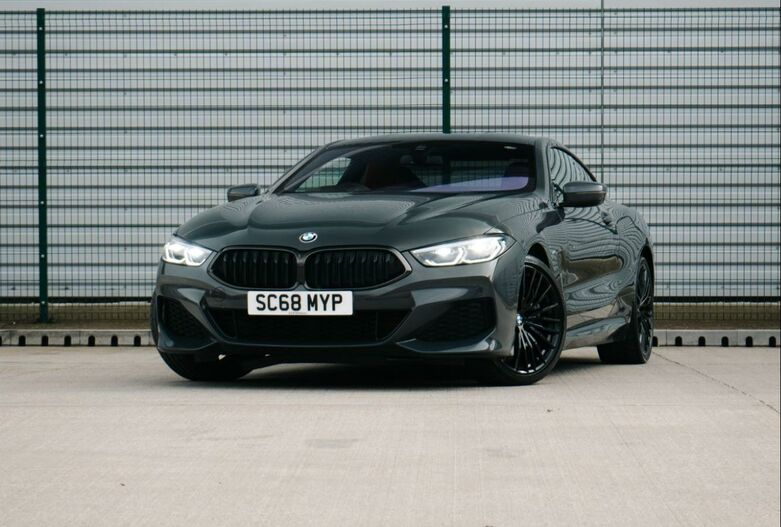Jaguar Through the Years
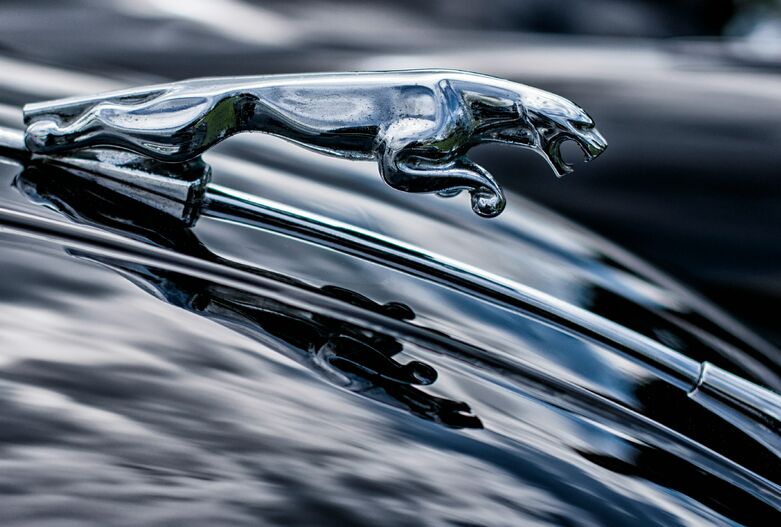
Jaguar is one of the most prestigious car-makers in the world, but, did you know that the company actually began as the Swallow Sidecar Company and it wasn’t until after the Second World War that the company closed, moved and renamed itself as Jaguar and a legend was born?
Think of Jaguar and you think of the E-Type, the D-Type race car that won Le Mans 24 hour race and of course the Mark 2 – used by Inspector Morse in the ITV crime series. The heritage is rich with Jaguars making appearances in the James Bond franchise and of course it had its very own Formula One team when the maker was owned by Ford. Now owned by Indian firm Tata, Jaguar is going from strength to strength and cars are flying off the shelves.
Jaguar History...
October 19th 1955 at the Earls Court Motor Show and Jaguar had started production of the Mark 1 - this was a huge step for the British car-maker and was the first Jaguar model to enter the lucrative small car luxury market. Back in the fifties, there was money in saloon vehicles, this style outsold roadsters, meaning making the Mark 1 was a no-brainer. Scribes of the day called the Mk1 a great driver’s car. It was no slouch either as you could opt for a 2.5-litre engine or even more powerful 3.4-litre power plant.
From the off, two models were offered on the Jaguar Mark 2 range, a Standard car and a Special Equipment trim. Priced from £1,269 and £1,298 respectively, the extra £29 did not put many buyers off, in fact the flagship Special Equipment was the best-selling car. The larger 3.4-litre engine was also a great success in the export market, particularly in the USA, where powerful engines were all the rage. Producing 210bhp meant the 3.4-litre unit was quick in a straight line, perfect for the North American market.
Jaguar would not have realised how important the E-Type would become, however, even the journalists, the designers and the British engineers knew they had made a good car – they just didn’t know they had made one of the most iconic cars to ever be produced. The Jaguar E-Type started out with a 3.8-litre six-cylinder engine and this was increased to a larger 4.2-litre unit in 1964. The E-Type is a glorious, beautiful design, the curves are in the right places and this model is a sought after car. Until recently the big cat went round and round in circles until they came up with the F-Type – the E-Type for the modern era. At last Jaguar can now look back with pride but look forward with eagerness and enthusiasm.
Introduced in 1966, the 420 was first unveiled at the London Motor Show at Earls Court. If you know your Jaguars then you will know that the 420 was a face-lifted version of the much-loved Mark 2. Don’t mix the 420 up with the 420G as this was a variation of the Mark X. Under the bonnet, was a 4.2-litre petrol engine taken from the XK and proved to be a successful choice for many Jaguar owners. The 420 followed the Mark 2 theme but was its own car in its own right.
September 1968 was the death knell for the 420 model and Jaguar was taken over by British Leyland Motor Company – a new dawn had arrived and Jaguar was on the up again. Another big success was just around the corner…
The XJ Series 1 is one of the most significant cars in Jaguar’s history. Just like the E-Type, the design was beautiful, the lines were glorious and the XJ looks just as good now as it did in 1968. Like the E-type, the XJ was a car that was seemingly irreplaceable – with that in mind it remained in production until 1992, however, delve deeper and you will find much of that original car in Series II and Series III. When car makers make iconic vehicles it can be very hard for the public to let go – the XJ just like the E-Type sports car was one of these vehicles. Eventually Jaguar realised that it would have to redefine the model if it was to have further success.
When you need a car to move on, designers must grab the bull by the horns. Fast-forward to 2015 and you can still see design cues from the original but today’s model is a car for 2015 and that is the point. The retro-modern look is what people want and if Jaguar continue to give customers this kind of package then it will be in a win-win position.
With looks like it has you would be forgiven for thinking that the XK8 is much more modern than it actually is. Nearly twenty years old, the design is what manufacturers call timeless and this is in a good way. Don’t be mistaken, the svelte looks in no way mean that this car is a sports coupe, this is a grand tourer in every way. It is a pleasure to cover long distances in, but it is not agile enough to really make the most out of mountain passes and twisty B roads.
Long held ambition to go toe-to-toe with the likes of BMW, Mercedes-Benz and Audi in the executive saloon market saw Jaguar launch the X-Type with this very aim in mind, but it never quite got the foothold it needed to be a success. The X-Type was a good car, but it had one arm tied behind its back from the off as its diesel range was not wide enough to tempt business drivers out of the German cars it so badly wanted to beat. The styling was also safe. There were few wow features to get you going, but if you did then you would have been impressed with the drive. The X-Type was right up there with Mercedes when it came to the smooth drive, however, it didn’t quite offer the sharpness of a BMW 3 Series. In 2008 it received a hefty face-lift, receiving larger bumpers giving it more road presence, but for many, it was still some way off the German big three. If the X-Type was being marked on a school report it would have read something like, good effort but can do better!
Think of ride comfort and you come up with Rolls Royce, Mercedes-Benz S Class and of course the Jaguar XJ. The XJ is a marvellous combination of comfort and high performance. It really is the all-round package. You can drive it in a sensible fashion and enjoy your surroundings, or you can feather the accelerator and you have power to play with. This version of the XJ was very different from the previous generation, but then it had to be. Like the old saying, we need to move on, and Jaguar did. It kept the coupe look but with a more modern design, a better chassis and more powerful and of course more efficient engines. The body was built using aluminium, keeping weight down. Not only did this mean reduced running costs, it also meant the XJ now handled much better than before. On the inside, the XJ was a classy cabin, you felt important, surrounded by high quality materials at every touch while it offered state-of-the-art technology for its day including large screen instrument panel.
By the time the F-Type was introduced, new owner Tata had been involved for quite a few years. What it had done at Land Rover with the Evoque and the Range Rover was nothing short of spectacular so, could it do it with Jaguar? Could Jaguar really produce a modern interpretation of the E-Type? The F-Type was launched to critical acclaim, the Jaguar brand was no longer purring, it was roaring. The F-Type exploded on to the scene and at last Jaguar had a true sports car. This is easily the best sports car the maker has made since the famous E-Type. Offering the F-Type in both hard and soft-top was important as it opened up the market. On the road the E-Type is a special bit of kit. It comes with first class engineering and you can feel this out on the open road. It is nimble, agile and a quick car.
Jaguar’s ambition to go toe-to-toe with the German brands has for decades wanted a model that would compete in the same sector as the BMW 3 Series and the Mercedes C Class. Just like the F-Type sports car, this executive saloon model has been on the cards for some time. Jaguar never quite got it right with the X-Type but the XE paints a different picture. This is the real deal. It has been launched with the right mix of engines and is an attractive fleet proposition. To emphasise the importance of getting the right figures, Jaguar built it from aluminium, meaning emissions from as little as 99g/km of CO2. It’s quick too, the flagship model powered by the 3.0-litre V6 petrol engine can complete the benchmark sprint in 4.9 seconds and is mated to an eight-speed automatic gearbox. At last Jaguar has a car in the executive market that can become a true champion.
In 2016, Jaguar entered unknown territories attempting what has proved to be a huge success in the form of their Jaguar F-PACE. The company's first ever SUV model embodies the styling and behavioural traits of the Jaguar brand, but in a much bigger, practical and imposing package. It's not just a car to be cruised around in though, the F-PACE is a sports SUV that can be hauled at real pace while remaining composed and well mannered. By August 2016 the F-PACE had already become Jaguars fastest selling model ever.
A new era...
10 years prior to the release of the E-PACE, the compact SUV market simply exploded. People ditched their large hatchbacks and family saloons in favour of the taller, more substantial SUVs which were safer and far more affordable than in previous generations. Following on the huge success of the F-PACE, it was only a matter of time before a smaller SUV came from the Jaguar brand. The E-PACE has been praised as being the best-handling and most dynamic car in its class, even though it’s relatively expensive with the starting price at £28,995. The E-PACE is also being credited for having the most delightful interior of the whole Jaguar range, which is surprising as it’s not the most expensive car in their lineup.
Jaguar’s first ever all-electric car will eventually hit our roads in the delightful shape of their new I-PACE and it’s certainly a promising looking package. The figures are as follows: 298 miles of range on one charge, 0 to 60 mph in 4.5 seconds and a starting price of £63,495. It’s not cheap, but it’s not meant to be. The I-PACE will be loaded with technology and luxury that wouldn’t look out of place in a Star Trek film. The I-PACE will certainly be one of Jaguar's most important cars ever built, as it will be the first Jaguar to step into emission-free motoring.
The order books are open but deliveries aren’t expected until July 2018.
Header image credit: https://unsplash.com/photos/stainless-steel-figurine-i05TyM8WSHM
